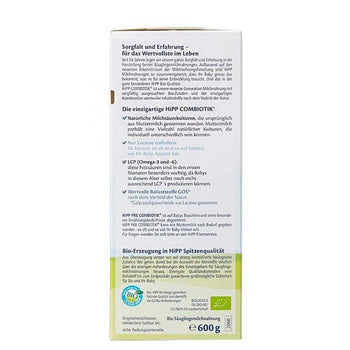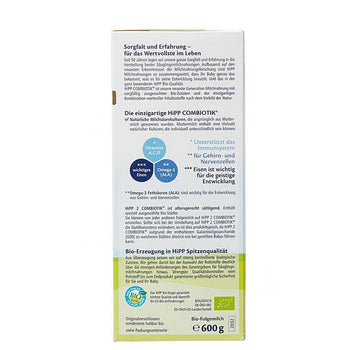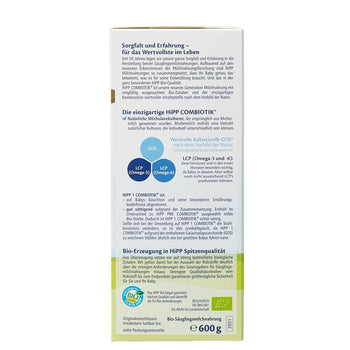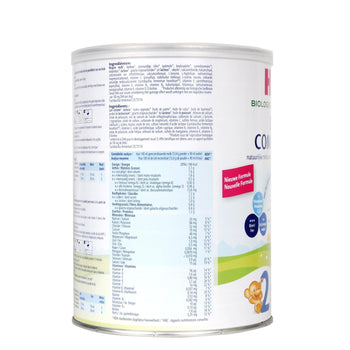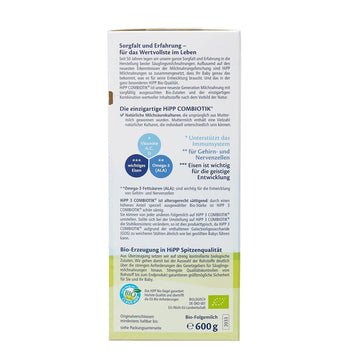Choosing the right number of baby bottles is an essential step in preparing for your baby's arrival. To ensure you are fully prepared, we have created a comprehensive guide that explains how many baby bottles you actually need based on feeding methods, baby's age, and your lifestyle.
Understanding Your Baby’s Feeding Needs
The number of bottles you will require depends heavily on whether your baby is exclusively formula-fed, breastfed, or combination-fed.
-
Formula-Fed Babies: Typically need more bottles because every feed will involve a bottle.
-
Breastfed Babies: May require fewer bottles, especially if the mother is available for most feedings.
-
Combination Feeding: Falls somewhere between the two, depending on how often the baby is bottle-fed.
Recommended Number of Bottles by Feeding Type
Formula-Fed Baby
If you plan to formula-feed exclusively, you will need between 6 to 10 bottles. Newborns eat every 2 to 3 hours, and sterilization takes time. Having enough bottles ensures you aren’t constantly washing them after every feed.
Breastfed Baby
Breastfeeding mothers who plan to bottle-feed expressed milk occasionally may only need 3 to 5 bottles. This number covers backup feedings and ensures some flexibility for pumping and storing milk.
Combination Feeding
For parents planning a combination feeding approach, a middle ground of 4 to 6 bottles is advisable. This allows for unexpected situations when breastfeeding isn’t possible.
Choosing Bottle Sizes: Newborns to Toddlers
Newborn Stage (0-3 months)
-
Bottles with a 4-ounce (120ml) capacity are ideal.
-
Newborns consume small amounts frequently.
Infant Stage (3-6 months)
-
Gradually shift to 8-ounce (240ml) bottles.
-
Babies start drinking larger quantities but less often.
Toddler Stage (6 months and up)
-
Stick with 8-ounce (240ml) or larger bottles.
-
Some toddlers transition to sippy cups around this time, decreasing the need for many bottles.
Where to Buy Trusted Baby Bottles Online
Looking for high-quality, reliable, and affordable baby bottles? You can find a curated selection of baby bottles from trusted European and global brands at Euromallusa. Whether you're starting with just a few or stocking up for daily convenience, Euromallusa offers a range of bottles tailored to every stage of your baby’s development—plus fast U.S. shipping and exceptional customer service for parents who want the best.
Types of Baby Bottles You Might Need
Standard Bottles
Traditional shape and easy to find replacement nipples for. Ideal for everyday feeding.
Anti-Colic Bottles
Designed with a special venting system to reduce air intake, preventing gas and colic symptoms.
Wide-Neck Bottles
Mimic breastfeeding more closely and are easier to clean. Perfect for breastfed babies transitioning to bottles.
Glass Bottles
Eco-friendly, durable, and chemical-free option, although slightly heavier and more breakable.
Disposable Bottles
Convenient for travel but not cost-effective or eco-friendly for regular use.
Factors to Consider When Deciding How Many Bottles You Need
How Often You Plan to Wash Bottles
If you prefer doing dishes once a day, you’ll need enough bottles to last 24 hours. Newborns often feed 8-12 times daily, meaning you may need 8 to 12 bottles for maximum convenience.
Access to a Dishwasher or Sterilizer
Having a dishwasher or sterilizer can reduce the number of bottles needed, as you can clean and reuse them more quickly.
Daycare or Caregiver Needs
If your baby will be attending daycare, you’ll need to provide several labeled bottles each day. Plan for 2-3 extra bottles for daycare use alone.
Growth Spurts and Changing Feeding Patterns
Babies go through phases where they feed more often. Having a few extra bottles during these times helps avoid unnecessary stress.
Nipple Flow Rates and Why They Matter
Choosing the right nipple flow rate is essential for your baby's comfort.
-
Newborn (0 months+): Slow flow
-
3 months+: Medium flow
-
6 months+: Fast flow
-
9 months+: Variable or Y-cut nipples for thicker liquids
Always monitor your baby during feeding to ensure they are comfortable with the nipple flow.
Tips for Buying Baby Bottles
Start with a Small Variety
Babies have preferences. It’s smart to buy one or two bottles from different brands initially to see which your baby prefers.
Consider Buying in Bulk
Once you know which bottle and nipple combination works, buy a larger pack. It’s more cost-effective and ensures you have enough to rotate.
Don’t Forget Extra Nipples
Nipples can wear out or your baby might need a faster flow sooner than you expect. Always have a few backups on hand.
Storage and Organization Tips
Designate a Bottle Station
Keep all bottles, nipples, caps, and cleaning supplies in one organized space for easy access.
Use Drying Racks
Invest in a bottle drying rack to ensure thorough air-drying after washing.
Label Bottles for Daycare
Use waterproof labels to mark your baby’s bottles with their name and feeding details to meet daycare regulations.
So, How Many Baby Bottles Do You Really Need?
In general:
-
Formula-fed babies: 8-10 bottles
-
Breastfed babies: 3-5 bottles
-
Combination-fed babies: 4-6 bottles
Always consider your lifestyle, cleaning habits, and your baby’s unique needs when deciding the exact number. Having the right number of bottles will make feeding your baby less stressful and more organized.
And if you're ready to buy baby bottles that are both safe and stylish, don’t forget to explore the top-rated selection at Euromallusa. They’ve got everything you need to get started.















